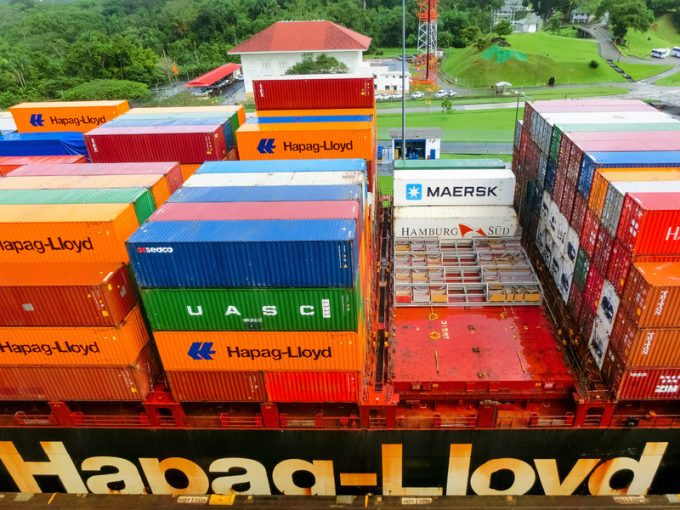Tradelanes: Overcapacity on Asia-S America impacting alliances and rates
Carriers on the Asia-west coast South America trade appear to be on the verge of ...

Hapag-Lloyd has posted a net profit of $1.45bn for the first quarter of the year, compared with just $27m for the same period of last year.
But it said it could have done even better, but for vessel and box shortages.
Revenue was up 33% on Q1 ...

Comment on this article